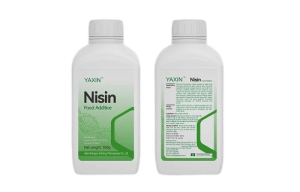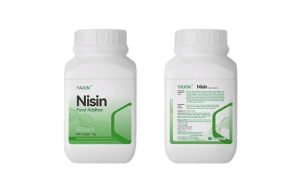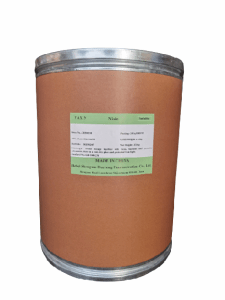
 CONTACT
CONTACT
- Linkman:Linda Yao
- Tel: +8618231198596
- Email:linda.yao@dcpharma.cn
- Linkman:CHARLES.WANG
- Department:Overseas
- Tel: 0086 0311-85537378 0086 0311-85539701
ε-Polylysine Hydrochloride Supplier,Baby Food
TIME:2024-12-16The application of ε-polylysine hydrochloride in infant foods has drawn significant attention due to safety concerns. Below is a detailed analysis of its application safety:
I. Characteristics of ε-Polylysine Hydrochloride
·Natural Origin: ε-Polylysine hydrochloride is a natural preservative extracted from the controlled fermentation broth of Streptomyces albulus. It consists of 25–35 L-lysine residues.
·Broad-Spectrum Antimicrobial Activity: It effectively inhibits a wide range of microorganisms, including Gram-positive and Gram-negative bacteria, yeasts, and molds.
·Stable Physicochemical Properties: It remains stable under high temperatures (e.g., 121°C for 30 minutes) and has strong water solubility. It is effective across a wide pH range (pH 2–9).
II. Applications in Infant Foods
·Preservative: ε-Polylysine hydrochloride's broad-spectrum antimicrobial properties make it a common preservative in infant foods. It helps extend shelf life and maintain product freshness.
·Nutritional Supplement: Upon ingestion, ε-polylysine hydrochloride degrades into lysine, which is absorbed and utilized as a nutrient. Lysine is an essential amino acid critical for the growth and development of infants.
III. Safety in Application
·Acute Toxicology Studies: The LD50 value of ε-polylysine hydrochloride is 5 g/kg, comparable to table salt, indicating very low toxicity.
·Human Metabolism: ε-Polylysine hydrochloride does not accumulate in the human body. It partially degrades into L-lysine, an essential amino acid, posing no harm to human health.
·Usage Standards: Regulatory authorities, such as the National Health Commission, have approved ε-polylysine as a new food additive and established maximum permissible levels for its use in various food products, including infant foods.
IV. Precautions
·Usage Limits: When adding ε-polylysine hydrochloride to infant foods, strict adherence to national standards is essential to ensure the dosage remains within safe limits.
·Quality Control: Manufacturers must strictly monitor raw material sources and production processes to ensure that ε-polylysine hydrochloride meets quality standards.
·Monitoring and Evaluation: Regulatory agencies should periodically monitor and evaluate the use of ε-polylysine hydrochloride in infant foods to ensure its safety.
The application of ε-polylysine hydrochloride in infant foods is considered safe. However, to ensure the health and safety of infants, it is essential to strictly control its dosage and quality while conducting ongoing monitoring and evaluations.
- Tel:+8618231198596
- Whatsapp:18231198596
- Chat With Skype







